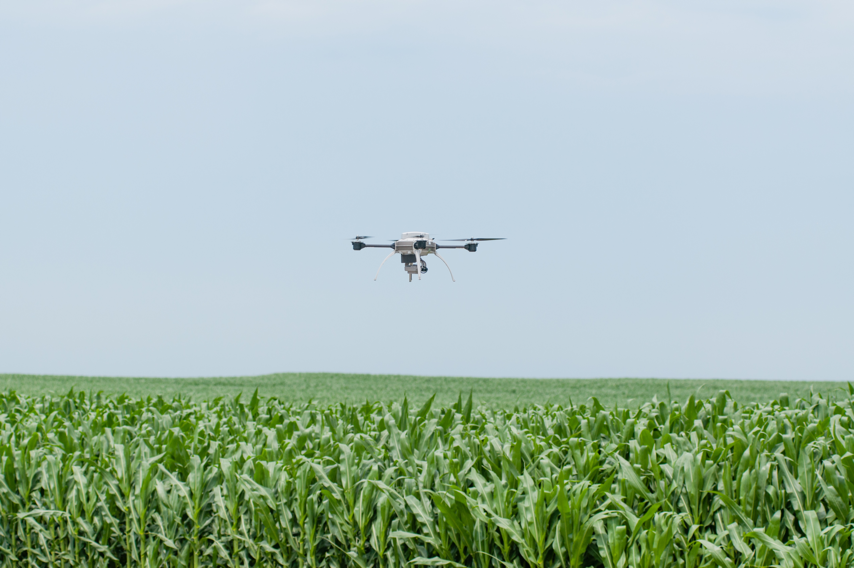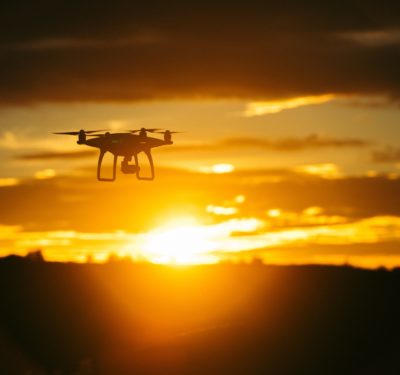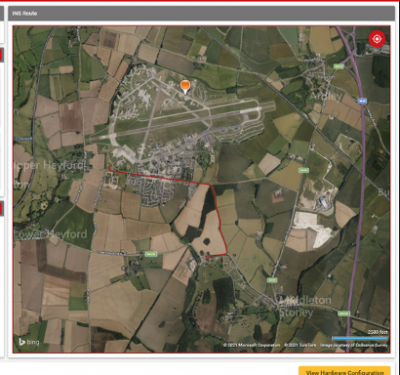
Kansas State University Salina’s unmanned aircraft systems program flies a small quadcopter with a multispectral camera over a cornfield in northeast Kansas.
Thanks to permission granted from the FAA, Kansas State University Salina has become the first entity in the U.S. to have statewide access during UAS flight operations.
The university recently received three Certificates of Authorization from the FAA, allowing its unmanned systems program to perform research anywhere in the state on public property or private property, as long as they have the landowner’s permission, according to a news release.
“These new authorizations are yet another example of how K-State Salina is truly a leader in unmanned aircraft systems,” said Kurt Carraway, K-State Salina’s UAS flight operations manager, according to the release. “Our statewide access will allow us to continue to provide practical applications of technology to our students and will further develop our research abilities for the university, the FAA and our industry partners.”
The certificates are effective for two years, and during this time the university plans to focus its research efforts on UAS operating requirements for remote sensing in agriculture and emergency response, according to the release.
“The nature of agriculture research is subjective to environmental conditions and it’s important that we are able to investigate the impact of drought, floods, insect infestation and other factors,” Carraway said, according to the release. “Before this access, we would have to apply for a COA from the FAA for a specific area of Kansas and then wait at least 60 days for approval. In a two-month time period, valuable information could be lost.”
Researchers will use both fixed-wing and rotary wing UASs from the university’s fleet of more than 20 aircraft during flight operations, according to the release. Students will have the opportunity to participate in various facets of these research missions, from equipment integration to analyzing the data from flights. The additional flying time will also allow the university’s UAS program to supply the FAA with more data—data that could help successfully integrate UASs into the national airspace.






